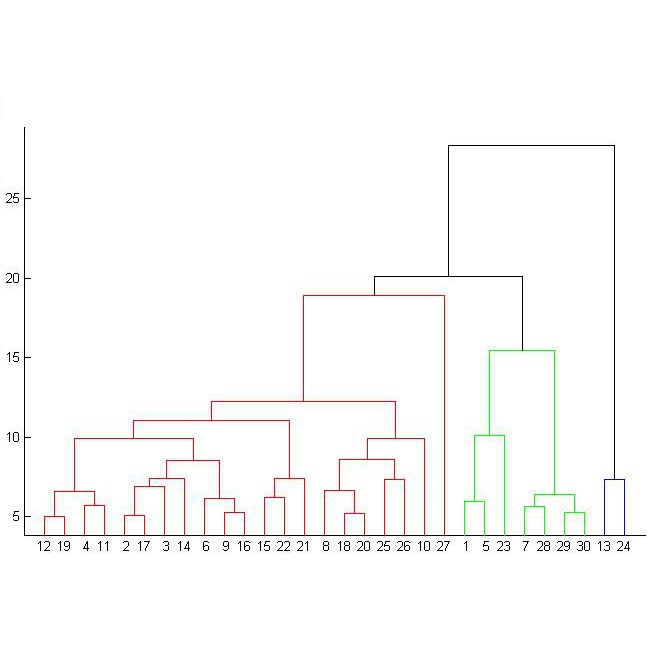Scenario-based testing is a promising approach to solve the challenge of proving the safe behavior of vehicles equipped with automated driving systems. Since an infinite number of concrete scenarios can theoretically occur in real-world road traffic, the extraction of scenarios relevant in terms of the safety-related behavior of these systems is a key aspect for their successful verification and validation. Therefore, a method for extracting multimodal urban traffic scenarios from naturalistic road traffic data in an unsupervised manner, minimizing the amount of (potentially biased) prior expert knowledge, is proposed. Rather than an (elaborate) rule-based assignment by extracting concrete scenarios into predefined functional scenarios, the presented method deploys an unsupervised machine learning pipeline. The approach allows exploring the unknown nature of the data and their interpretation as test scenarios that experts could not have anticipated. The method is evaluated for naturalistic road traffic data at urban intersections from the inD and the Silicon Valley Intersections datasets. For this purpose, it is analyzed with which clustering approach (K-Means, hierarchical clustering, and DBSCAN) the scenario extraction method performs best (referring to an elaborate rule-based implementation). Subsequently, using hierarchical clustering the results show both a jump in overall accuracy of around 20% when moving from 4 to 5 clusters and a saturation effect starting at 41 clusters with an overall accuracy of 84%. These observations can be a valuable contribution in the context of the trade-off between the number of functional scenarios (i.e., clustering accuracy) and testing effort. Possible reasons for the observed accuracy variations of different clusters, each with a fixed total number of given clusters, are discussed.
翻译:场景驱动测试是一种有前途的方法,用于解决装备自动驾驶系统的车辆的安全行为验证挑战。由于在现实道路交通中理论上可以出现无限数量的具体场景,因此在安全行为验证中提取与该系统相关的场景显得尤为重要。因此,本文提出了一种从自然道路交通数据中以非监督方式提取城市多模态交通场景的方法,以最小化(可能存在的)先验专家知识的影响。该方法不是通过提取具体场景来分配为预定义功能场景的复杂规则,而是采用无监督的机器学习流程。该方法允许探索数据的未知特征,并将其解释为专家无法预见的测试场景。该方法在来自inD数据集和Silicon Valley Intersections数据集的城市十字路口的自然道路交通数据上进行验证。为此,本文研究了采用哪种聚类方法(K-Means、层次聚类和DBSCAN)可以使场景提取方法效果最佳(指复杂的基于规则的实现)。随后,采用层次聚类,结果显示在从4到5个聚类转变时整体准确性跳跃了约20%,而在41个聚类开始出现饱和效应,整体准确性为84%。这些观察结果对于在功能场景数量(即聚类准确性)和测试工作量之间的权衡上或许有贡献。本文还讨述了不同聚簇的观察准确性变化的可能原因,每个聚簇都有固定的总聚类数量。


